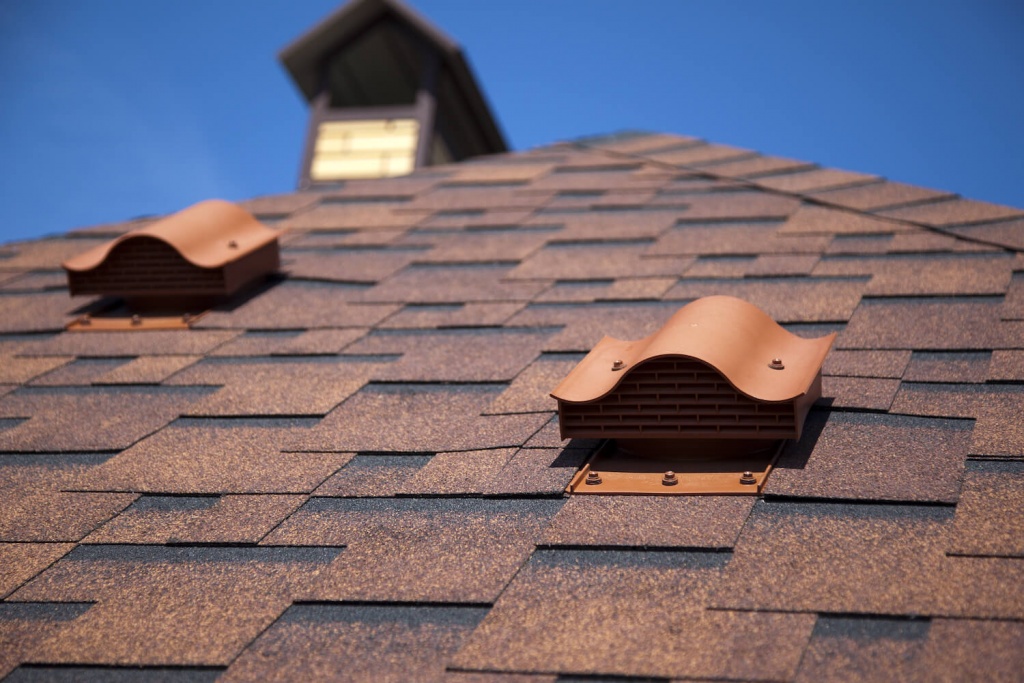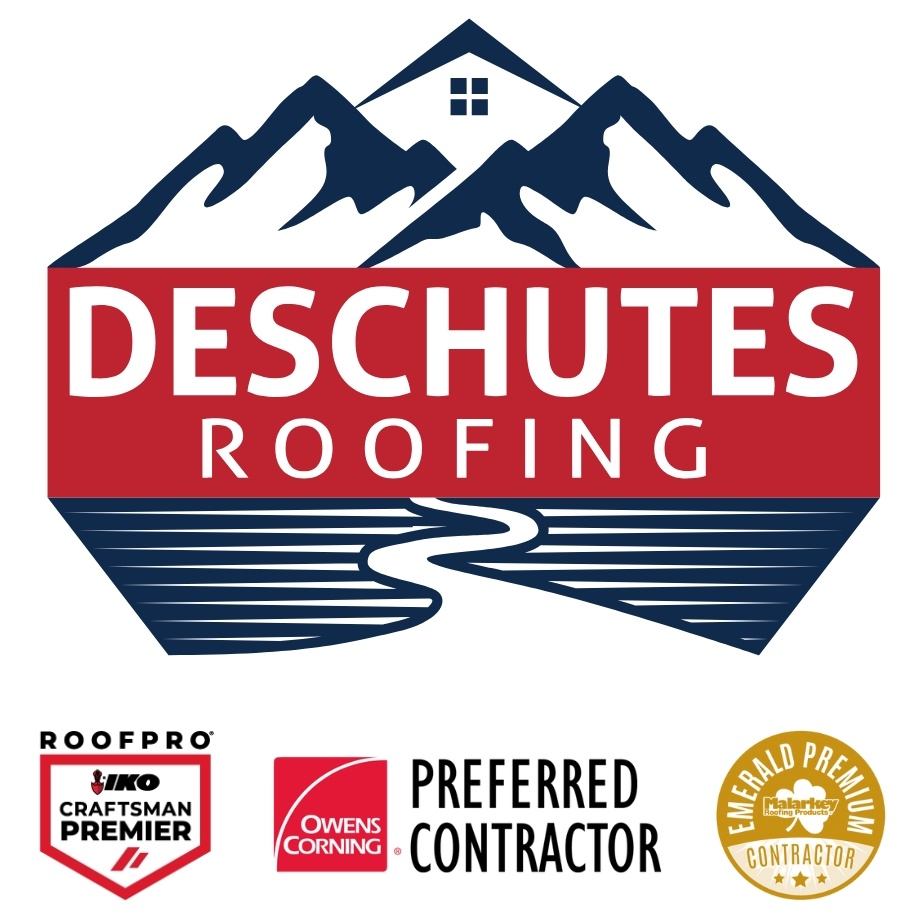The right ventilation for your roof is essential to keeping your home in tip-top shape. There are many factors to consider when selecting the right ventilation system, and it can be a daunting task. But never fear! This guide will help you select the best ventilation system for your home so that you can keep your family comfortable and your roof in good condition.

There are two types of roof ventilation: passive and active.
Passive ventilation relies on natural forces like wind and convection to move air through your attic. Active ventilation uses fans or other mechanical means to force air movement.
There are pros and cons to both types of ventilation, so it’s important to weigh all the factors before making a decision.
Consider the following when choosing the best ventilation system for your home roof.
1) Location
The location of your home is a major factor in ventilation. If you live in a hot, dry climate, you’ll want to make sure your attic has good ventilation to avoid excessive heat build-up. On the other hand, if you live in a cold climate, you’ll want to make sure your attic is well-insulated to prevent heat from escaping through the roof.
2) Type of Your Roof
The type of roof you have will also affect the type of ventilation you need. For example, if you have a shingled roof, you’ll want to make sure there is enough airflow to prevent condensation under the shingles. If you have a metal roof, on the other hand, you’ll want to make sure the ventilation is adequate to prevent rusting.
3) Size of Your Attic
The size of your attic will also play a role in choosing the right ventilation system. If you have a small attic, a passive ventilation system may be sufficient. However, if you have a large attic, you may need an active ventilation system to move enough air.
4) Cost
Of course, the cost is always a factor when making any home improvement decision. Passive ventilation systems are typically less expensive than active systems. But keep in mind that you may need to install additional insulation with a passive system to ensure proper airflow.
5) Maintenance
Another consideration is how easy the system is to maintain. Active ventilation systems may require more regular maintenance, such as changing filters or cleaning fans. But passive systems typically don’t require any maintenance once they’re installed.
6) Installation
Installation is another important consideration. Active ventilation systems can be more complex to install, so you may need to hire a professional. Passive ventilation systems are typically easier to install and can often be done as a do-it-yourself project.
There You Have It
Now that you know all the factors to consider, you’re ready to choose the best ventilation system for your roof. Just remember to take your time and weigh all the options before making a decision. And if you have any questions, be sure to consult a professional roofer. They can help you select the best system for your home and ensure it’s installed properly.










